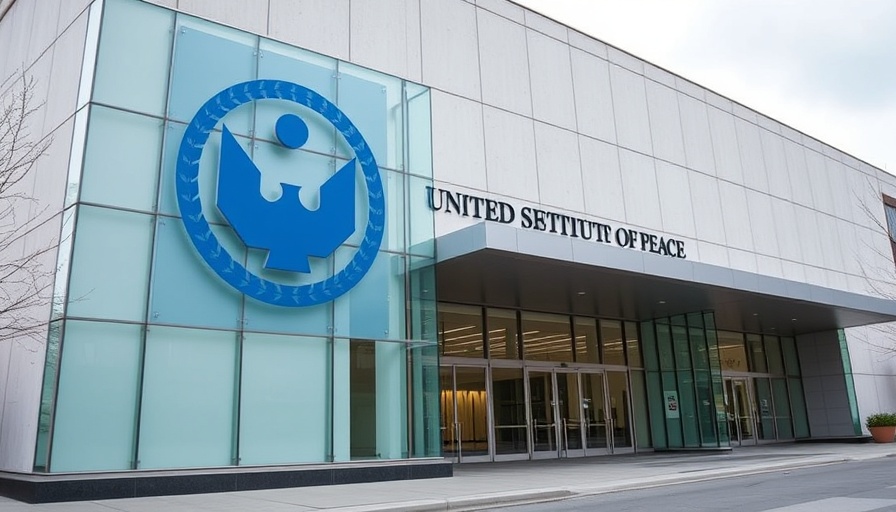
Shockwaves at the U.S. Institute of Peace: Immediate Staff Terminations
In a stunning turn of events, staff members of the U.S. Institute of Peace (USIP) were abruptly notified of their termination on March 28, 2025. Sources close to the situation report that these terminations affect a significant majority of the nonprofit organization. The USIP, which has a robust budget of approximately $55 million and employs around 300 people, was established with the mission of promoting global conflict resolution.
The Background: Political Turmoil and Leadership Changes
The recent layoffs come amidst heightened political tensions surrounding the Trump administration’s ongoing attempts to dismantle the USIP. Earlier in February, President Trump issued an executive order aimed at restructuring the organization and freezing its funding. This controversial move has sparked concerns among advocates of peace and conflict resolution.
Additionally, the challenges facing the USIP deepen with the recent ruling from District Judge Beryl Howell. She declined to issue a temporary restraining order against the Department of Government Efficiency (DOGE) as it pursues its takeover. This ruling allowed DOGE personnel to gain access to the USIP’s facilities, raising alarm about the future of the institution and its vital objectives.
The Impacts of Termination: What This Means for Peace Initiatives
The abrupt action has sent ripples throughout the peacebuilding community and beyond. With the USIP being a congressionally funded entity, the question arises: What happens to the peace initiatives that were underway? Many in the humanitarian sector worry that the loss of experienced staff could severely undermine ongoing global efforts to resolve conflicts.
The terminations coincide with broader shutdowns in U.S. foreign aid operations, specifically the formal actions taken against the U.S. Agency for International Development (USAID). As the USIP's mission aligns closely with that of USAID, the implications of these organizational shake-ups extend far beyond the walls of Washington, D.C.
Local Perspectives on Global Missions
For advocates and practitioners involved in peace initiatives, the staff terminations at the USIP present a critical juncture. Individuals dedicated to fostering dialogue and resolving conflicts often view the institute as an essential player. Its work has historically bridged connections between different factions around the globe.
Understanding these changes is crucial for community leaders, activists, and policymakers alike. As news of the layoffs spreads, there are calls for accountability and transparency, urging stakeholders to advocate for the reinstatement of essential roles within the organization.
What Lies Ahead: Predictions and Calls to Action
The future of the U.S. Institute of Peace hangs in the balance. Observers are left to speculate about the direction in which the Trump administration will guide this historic organization. Amid uncertainty, there are essential steps to consider for those invested in international peace efforts.
Now, more than ever, maintaining public awareness and advocacy for the institute is paramount. The potential dismantling of educational programs and conflict resolution strategies poses a risk to global peace initiatives. Communities are encouraged to reach out to their representatives, lobby for adequate funding, and ensure that the objectives of the USIP are preserved in these tumultuous times.
The unfolding situation at the USIP underscores not only the fragility of peace initiatives during political transitions but also illustrates the interdependent nature of international stability. As fate would have it, the institute’s ability to weather the current storm will determine the future landscape of peacebuilding in a tumultuous world.
 Add Row
Add Row  Add
Add 




Write A Comment